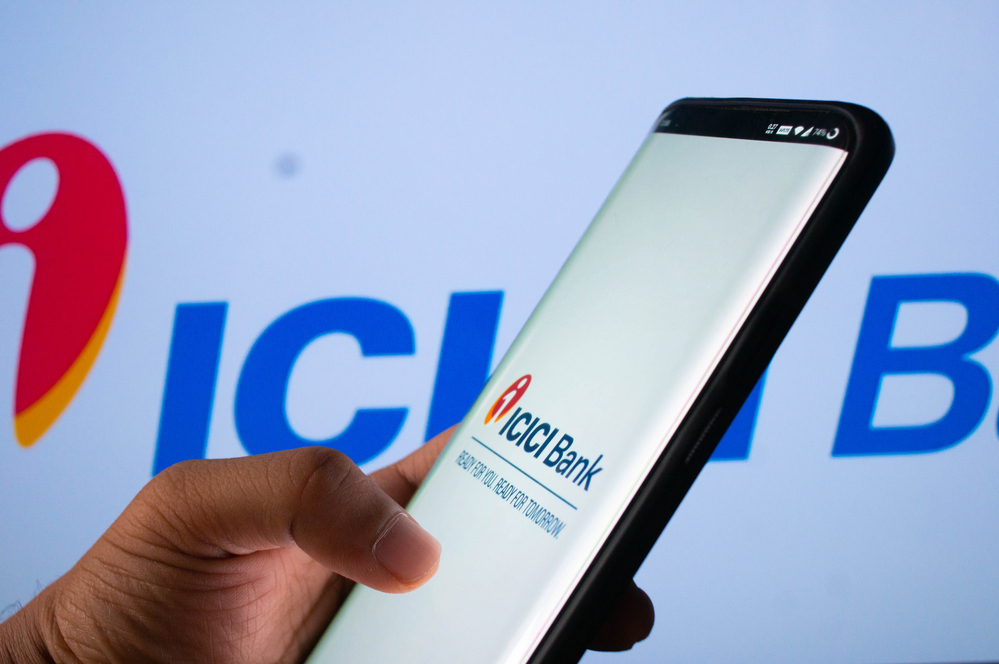Establishing Trust Relationship in a Financial Digital World
Transferring funds from anywhere in the world has enabled transactions between entities unknown to each other

Trust is the most fundamental factor in establishing meaningful relationships or performing mutually fulfilling transactions between two or a set of individuals from ancient times. And this need for trust remains constant even in modern times when transactions occur between individuals or machines using the digital medium.
Prior to the existence of the digital medium, legitimate financial transactions were executed either between people known to one another or via a known entity facilitating transactions who was trusted by both parties. Even now some large value transactions like property transfer etc. require transacting parties to be physically present along with their proof of identity to ensure that trust is established before executing the transaction.
The digital world has changed the dynamics of financial transactions completely. With the ability to buy, sell, funds transfer etc. from anywhere in the world, the ease of executing transactions has increased and it has resulted in a quantum leap in the volume of transactions executed every second with transacting parties sitting far away from one another and without personally knowing one another.
However, with such ease of executing transactions, the digital medium has brought the evil of fraudulent transactions as well, where one of the transacting parties may be impersonated by a fraudster, resulting in loss of money for the other. In case of organizations this loss could be even bigger.
This brings us back to the topic of trust in the digital financial world. It is well-established that with the growing ease of conducting transactions from anywhere, the trust factor can’t be ignored. Established trust between transacting parties ensures none of them are fraudulently deprived of the benefits they had expected from the financial transaction and they can continue to enjoy the facilities offered by the digital medium.
Understanding Trust in the Financial Context
Now, if we look at how trust can be established between transacting parties, let’s take the example of Ms. Kavita who needs to buy a few books. She can do so in one of the following ways.
Scenario 1: Ms. Kavita stopped at a random bookstore on her way home, picked up the books she wants to read, paid in cash and left. Cash, being a legal tender, has a sovereign guarantee. So, both Ms. Kavita and the bookstore owner enjoyed the benefits expected from this transaction without any hassles.
Scenario 2. Ms. Kavita stopped at a random bookstore on her way home, picked up the books she wants to read but realized that she didn’t have cash. She requested the bookstore owner to allow her to take the books since it’s important for her to read the books today itself and her home is a bit far. She offers to pay the cash the first thing the next morning. But the bookstore owner refuses to do so since Ms. Kavita is not known to him. If she doesn’t return the next day, he’ll lose both his books and the money.
He suggests that he can accept the payment by credit or debit card with additional 2% charges if she has the card. Fortunately, she is carrying her credit card, which she uses for payment by keying in the correct PIN, which successfully authorises the card payment by her Bank. Here, trust is established by the PIN while using the card, which was validated by the Issuing Bank before authorising the payment. The bookstore owner received the payment into his account after the settlement between issuing and acquiring bank using established procedures.
If the bookstore owner and Ms. Kavita had known one another, he would have allowed her to take the books with an assurance to receive the payment the next day.
Scenario 3. After reaching home, Ms. Kavita reads the books she had bought. While reading, she received a text message containing OTP on her phone for authenticating an online transaction performed on a random merchant website. She immediately checked her bag for her credit card, but it’s not found. She realizes that it must have been misplaced while returning from the bookstore. She calls the bank to check about the OTP text and understands that someone is trying to use her card for performing fraudulent online transactions. She immediately requests the bank staff to block her card to prevent further fraud attempts. Since her card was enabled for Multifactor authentication using 3D Secure, which ensures that trust is established using OTP validation before sending the transaction for payment authorization, fraud attempts were prevented.
The staff also shared a few declined transactions from her card, which she didn’t know about. Before trying online transactions, the fraudster must have tried using Ms. Kavita’s credit card at another shop using POS (point of sale) terminals, but the transactions got declined since they didn’t know the correct PIN. Due to a mismatch in the actual PIN and the one supplied by the fraudster, trust was not established.
How to Establish Trust?
The trust factor in the digital financial world is extremely important especially due to the exponential increase in digital transactions by parties unfamiliar to one another. Most financial institutions are also now digitized. Various ways to establish trust in the digital world are as below:
Digital Onboarding of Customers: Before accepting customers on the digital platform Financial Institution must perform KYC (Know Your Customer) checks whether physically or digitally using Video KYC techniques. This will ensure the identity of the customer can be verified in real-time during digital transactions.
Multifactor Authentication: During any financial activity like account login for accessing sensitive account details or for performing funds transfer etc. use multifactor authentication to identify the user as a legitimate user before allowing access or activity. Multifactor Authentication requires use of two or more trust factors out of knowledge, possession, and inherence.
Three Domain Secure: Always use 3-D Secure protocol for protecting your card from use in fraudulent digital transactions. 3-D Secure ensures, transactions are sent for payment authorization only after successful authentication of cardholder’s identity thus protecting Merchants, Issuers, and Cardholders, all three parties involved, from fraud losses.
Risk Based Authentication: With further advancements in digital technologies, it’s possible to detect fraudulent transactions using machine fingerprinting algorithms and thus declining or challenging such transactions where trusted devices aren’t used for transactions. In addition to devices, trusted or untrusted IPs, geolocation, merchants list etc., can be used in rules to allow frictionless, challenge or decline the digital transactions.
Predictive Modelling: Machine Learning & Statistical Models are becoming popular nowadays for predicting the possibility of any digital transaction to be fraudulent. These models are trained using the historical data for determining if the digital transactions are being performed using trusted sources or not
Biometric Authentication: Use of biometric authentication with mobile apps is common these days. It can be combined with PIN Based, Offline OTP or any of the other MFA methods for establishing trust before allowing digital transactions to complete the financial activity.
Use any or more of these ways to establish trust before executing digital financial transactions for ensuring prevention of fraud losses, improved user experience and growth in economic value created using the full potential of digital technologies.
The author is CEO, Wibmo
DISCLAIMER: Views expressed are the author's own, and Outlook Money does not necessarily subscribe to them. Outlook Money shall not be responsible for any damage caused to any person/organisation directly or indirectly.








